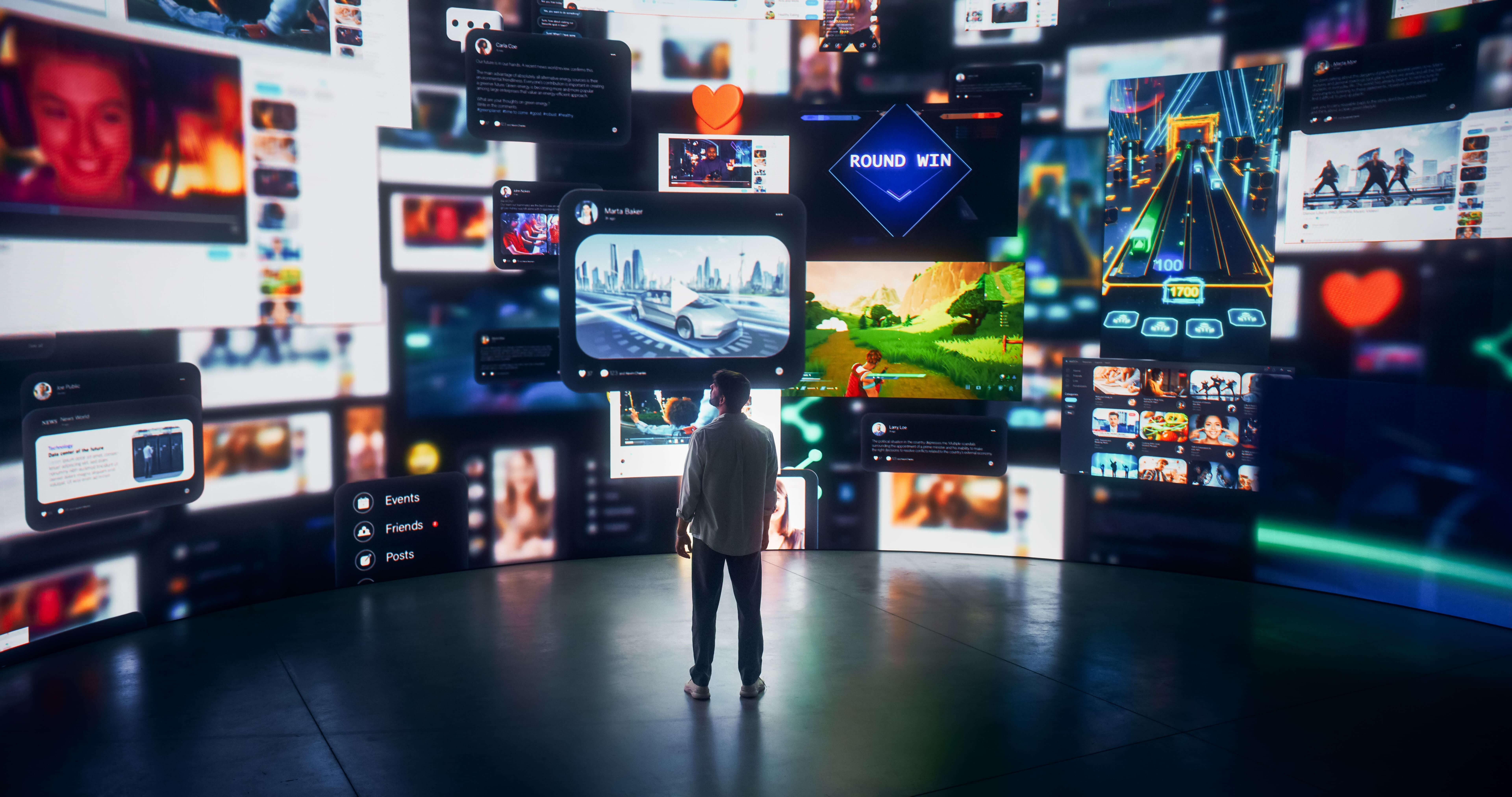In the ever-evolving landscape of events management, embracing cutting-edge technologies is essential to deliver seamless and memorable experiences. Augmented Reality (AR) has emerged as a game-changer, offering innovative solutions to engage attendees and create immersive interactions. WebAR and AR apps have revolutionized how events are planned, executed, and remembered. In this comprehensive guide, we explore the transformative potential of WebAR and AR apps in events management, showcasing how these technologies can elevate your agency's capabilities and redefine event experiences.
1. Transforming Event Engagement:
WebAR and AR apps open doors to a new dimension of event engagement. Attendees can access virtual information booths, interactive maps, and immersive experiences directly from their smartphones. Imagine a trade show where visitors can scan QR codes to instantly access product details, videos, and 3D models—augmenting their understanding and engagement. This technology not only enhances the attendee experience but also provides event organizers with valuable insights into attendee preferences and interactions.
2. Enhancing Event Planning:
From pre-event marketing to post-event evaluation, WebAR and AR apps streamline the event planning process. Pre-event promotions can include AR-powered teaser campaigns, creating buzz and anticipation. During the event, attendees can access schedules, maps, and personalized agendas through AR apps, reducing the need for physical materials. Post-event, AR can be utilized to gather feedback through interactive surveys, ensuring continuous improvement for future events.
3. Immersive Branding and Sponsorship:
WebAR and AR apps offer innovative opportunities for branding and sponsorship integration. Brands can create AR experiences that showcase their products or services in a memorable and interactive manner. For instance, sponsors can offer scavenger hunts or branded AR filters, enhancing brand visibility and engagement. These immersive experiences leave a lasting impact on attendees, fostering stronger connections between brands and their target audience.
4. Seamless Navigation and Wayfinding:
Events can be overwhelming, especially in large venues. WebAR and AR apps provide real-time navigation and wayfinding solutions. Attendees can use AR-powered maps to easily locate sessions, exhibitors, and amenities. This feature minimizes confusion and enhances attendee satisfaction, ensuring they make the most of their event experience without missing out on key attractions.
5. Gamification and Interactive Experiences:
Gamification is a powerful tool for boosting attendee engagement and participation. With WebAR and AR apps, event organizers can create interactive games, challenges, and scavenger hunts. Attendees can compete for prizes by completing tasks, visiting specific booths, or solving puzzles, resulting in a more immersive and enjoyable event experience.
6. Analytics and Insights:
Data-driven decision-making is essential for improving future events. WebAR and AR apps provide valuable insights into attendee behavior, interactions, and preferences. Event organizers can analyze data on session attendance, engagement with interactive elements, and dwell times to refine event strategies, tailor content, and optimize layouts for maximum impact.
Conclusion: Embrace the Future of Events Management
The convergence of WebAR and AR apps has ushered in a new era of events management, offering unprecedented opportunities to engage, captivate, and delight attendees. By harnessing these technologies, your agency can create immersive experiences that leave a lasting impression and set the stage for future success. From seamless navigation to immersive branding, the potential of WebAR and AR apps is boundless, redefining what is possible in the realm of events management. Embrace this digital revolution and unlock the power of WebAR and AR apps to elevate your agency's events management capabilities to new heights.




